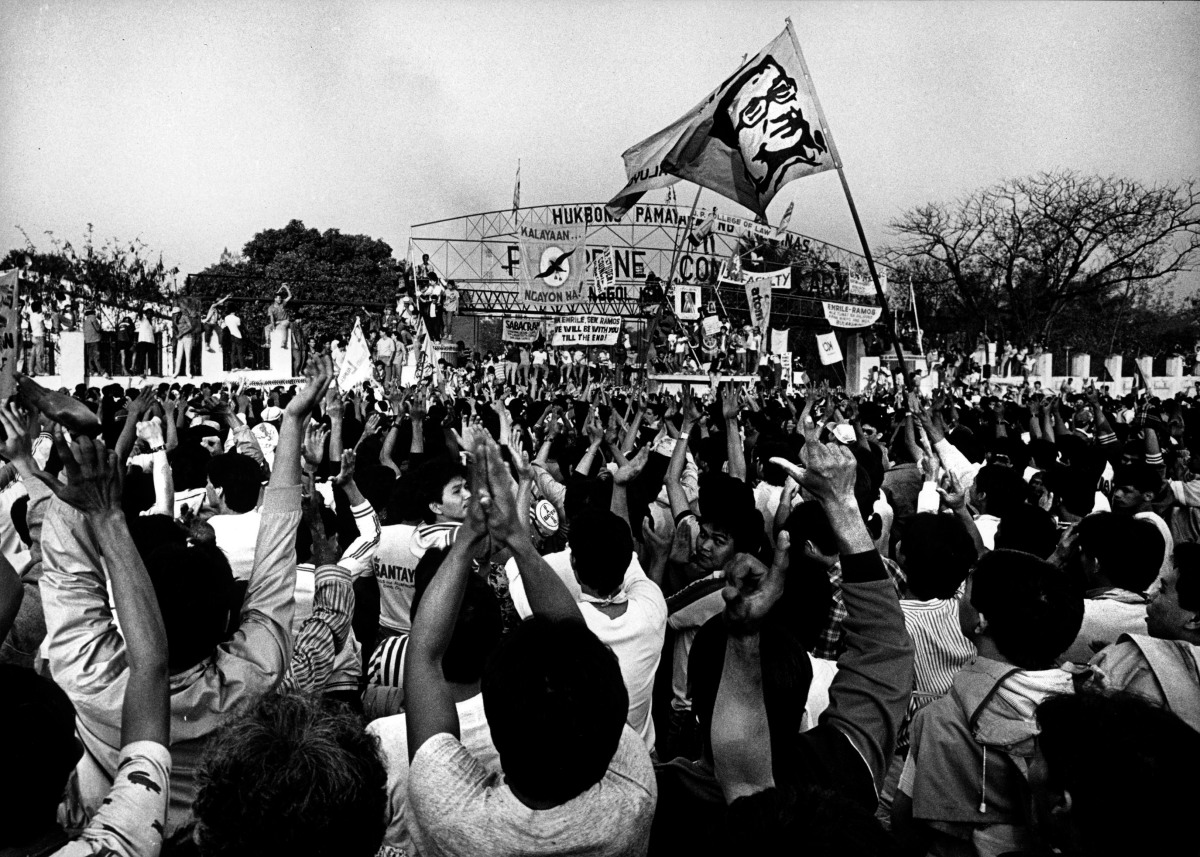The Philippines tends to pride itself in being able to topple the 20-year dictatorship of then President Marcos through a bloodless revolt headed by the widowed housewife Corazon C. Aquino. Exactly twenty-seven years have passed and we still try to recapture the romance of EDSA and our love affair with democracy. Freedom songs are being chanted in front of the shrine replete with romantic visions of tanks, rosaries and flowers. The EDSA that was still very much remains the Icon of democracy. Yellow fever has enthralled and captured our nation’s emotions over and over again.
Perhaps I was too young to be at EDSA twenty-seven years ago but I also caught the “Yellow Fever” back in 2009. It started when I was gassing up along Commerce Avenue in Alabang when a small motorcade passed through. I saw an old acquaintance who stopped to chat. At that point I actually had no plans on voting at all. That was a pivotal moment in my life where I turned from apathy to active voting. I identified with them, as I saw them primarily as middle-class volunteers who believed in what they are doing. I was convinced. Without so much discussion I found myself with a deck of yellow car stickers and an official Yellow Baller I.D. around my wrist. I was quick to debate on the idea of democracy, equity and the “Matuwid na Daan” and the new democratic renaissance that would propel our nation back into idealistic significance.
Where are we now? I have long scraped that yellow decal from the back of my car. Twenty-Seven years from EDSA 1 what has truly changed? I have to say. “Not much to what matters most”. I’m afraid the idealism that I had three years ago has since dissipated like a yellow puff of smoke.
Allow me to make a few pointed (pun intended) observations:
On “inclusive-growth”: While many are lauding up the economic rallies of the country such as the stock market and growth rates, I couldn’t find the sense of these numbered improvements in the lives for the common Juan.
According to a Social Weather Stations (SWS) survey published by the Philippine Star in Nov. 16, 2012 unemployment rates stands at 29.4%. The throngs of the unemployed seem to be left out of this inclusion.
While the stock market rallies, most of the biggest winners seem to be the Property, Services and Financial sectors. The Industrial and the Mining and Oil sector seem to be missing out on the boom.
Are these simple economic facts and realities that have nothing to do with the administration? I beg to differ! I’m not just talking about the economy either. Keeping things status quo is a social injustice in itself. The promises of EDSA 1 continue to be undelivered. Economic policy reforms remain flaccid and ironically non-inclusive. All this window-dressing has not resulted in decent jobs being created, nor has it paved the way for foreign investment. Despite the window-dressing we are still behind the likes of Cambodia, Indonesia and Vietnam. The Philippines still has the highest energy rates in Asia: a cost that bears heavily upon the backs of every common Juan.
Are we building the economy based on pure consumption or do we actually have plans to develop our natural endowments? In the process of ignoring the latter aren’t we committing a grave mistake in our efforts for sustainable economic development? Are we ensuring an environment of Fair Process across all sectors or are we favoring some of which whisper closest into our President’s ear?
It has been 27 years since EDSA 1 and the balance of power has not changed a bit. The same protective policies exist to keep the oligopolies in place. Where then is the promise of democracy and its empowerment for the common Juan? The dream of EDSA still remains to be just that, the Yellow Fever that once bit this author had since become a passing infection. In today’s language: “I am so over it!” EDSA is not about him after all.

